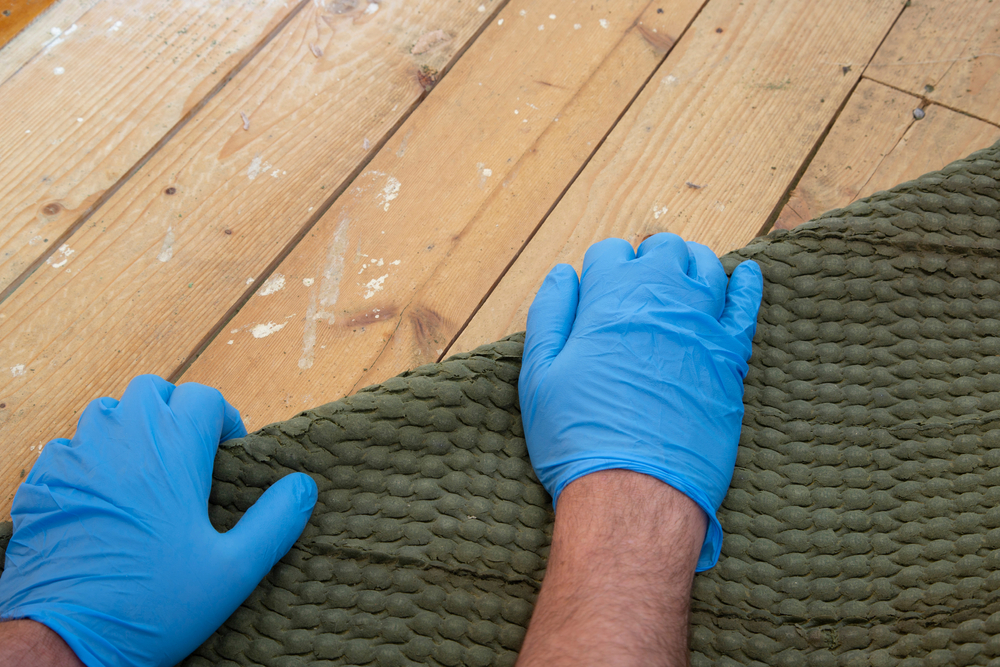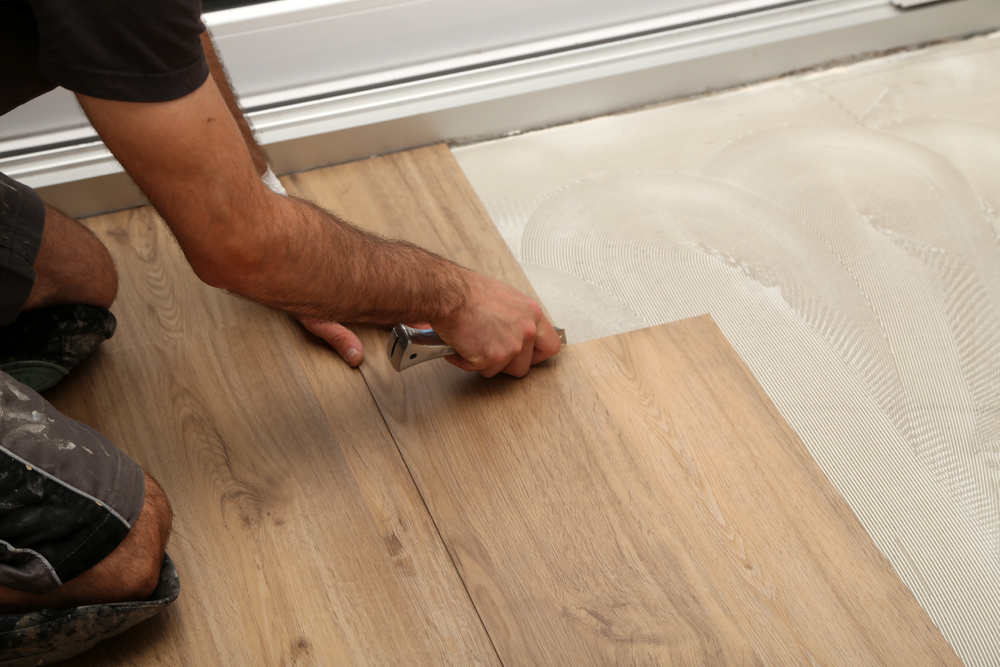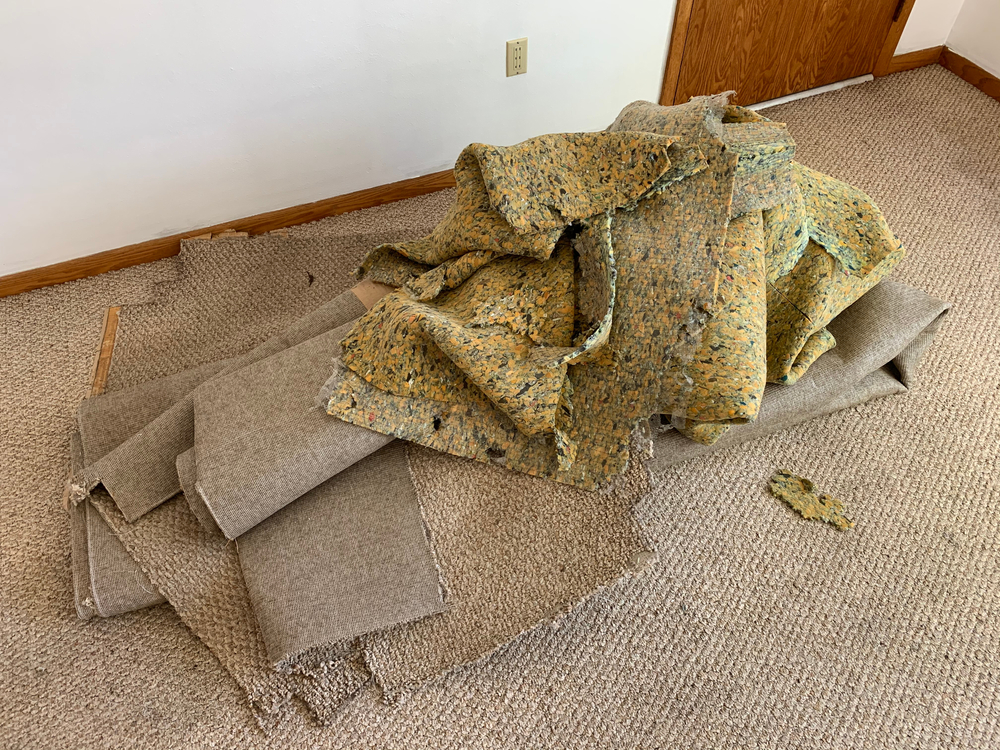Carpets do not age well. From pet accidents to tracked-in dirt to wine stains, carpets tend to absorb and attract everything. And this is why some homeowners prefer to remove old carpet and replace it with a more modern, easy-to-maintain flooring option.
So if you’re one of those homeowners who are desperate to remove that outdated carpet and replace it with a new type of flooring, you’ve come to the right place. Here is everything you need to know about getting rid of your old carpet.
Getting Rid of Your Old Carpet: A Step-By-Step Guide
The first thing homeowners need to understand is that getting rid of your old carpet can take a lot of effort. This is why many choose to have it removed and replaced by a professional. So, while we break down the details below for those who want to give the DIY method a go, consider hiring a professional flooring installer. It will make your life a lot easier.
1. Begin Peeling Up Carpet in a Corner
Start the process of removing carpet by peeling it up from one corner. Be cautious and mindful of the tack strips that line the edges beneath. If you can’t pull the corner up to get it started, take your utility knife and carefully cut a small square from the corner. This cutout should allow a better grip to be able to rip up the carpet.
The reason you should be careful in cutting a corner is that you might find that there are beautiful hardwoods hidden beneath. You may be lucky enough to find they’ve been preserved and simply need refinishing to return to their original natural look. However, if you’re not so lucky, you can always choose a new flooring type to install instead.
Carpets can be much bulkier and heavier than most homeowners expect. Plus, when it’s installed, it’s stretched and tacked down along the edges of the wall. When you remove the carpet, these tacks and nails can become quite sharp and dangerous to someone who is unfamiliar or who doesn’t have the proper tools. Plus, tearing up entire rooms of carpet can really be hard on someone’s back, especially if they’re not used to it. Again, further reasons to hire a pro.
2. Roll Up Your Carpet in Strips
When removing carpet, use the utility knife and cut it into roughly three-foot narrow strips. This way, the carpet is more manageable and easier to roll up and move. Roll a third of the carpet toward the center of the room, taking the knife and, with both hands, cutting along the fold. Roll that section of carpet and secure it with duct tape. One smart tip: If you’re getting rid of lots of carpeting, consider a dumpster rental.
Continue rolling and cutting the old carpet. If you have odd connecting sections, such as a closet or entryway, make a cut and remove the carpet from those last. To remove carpet from stairs, begin by cutting away at one end of the risers’ corners. Again, you have to be cautious with tacks and staples. Wear gloves to easily pick them up as you go.
3. Remove Any Carpet Padding

After you get rid of your old carpet, it’s time to remove the padding beneath. Most padding, however, is stapled to the subfloor, which should make it a breeze in comparison to glued padding. Similar to the carpet, grab a seam of the stapled padding and roll it up into sections. Duct tape it tightly to prevent them from unrolling and flopping all over the place.
If you are unfortunate enough to have glued padding, this will take some extra effort. If the padding is glued to the subfloor, it will require the use of a floor scraper, which will take much longer and will come up in lots of little chunks.
4. Inspect and Prepare the Subfloor
With the carpet and padding removed, this is the perfect opportunity to check the subfloor for any damage or issues prior to adding new flooring. Some common issues to address are:
- Rusted Tack Strips–More likely caused from a pet or spilled drink, it could be a sign of a roof leak, too. Play it safe and have an inspection.
- Squeaking Panels–Move about on the subfloor in search of squeaking and hammer a ring shank nail or two to secure the panel.
- Concave Panels–Panels that are dipping or sinking may indicate a cracked foundation or rotted floorboards. Get an inspection before installing new floors.
- Termite Damage–Obviously, this is quite bad for the entire home.
A professional is able to determine if there is damage right away and can give you an immediate quote for a subfloor replacement if needed.
5. Remove Staples and Tack Strips
If the subfloor is in decent shape, you can remove the staples and tack strips. This step is optional, however. If you are installing new carpet and the tack strips are still sturdy, you can skip this step.
Another reason some choose to skip this step is because it can be a very drawn out and tedious process removing them with pliers and a pry bar. Locate the nails holding each tack strip to the subfloor and slide the pry bar beneath to pop them out. If needed, use a hammer to force the pry bar deeper and create a gap, pulling until the tack strip is free.
Hire a Professional to Get Rid of Your Old Carpet

As you can see, getting rid of your old carpet can be done by ambitious homeowners. However, it may be worth the extra cost to just hire a professional to come in and do it. A professional flooring installer can remove the old carpet before installing the new flooring, have all the tools already at their disposal and be able to haul it away, too. Sometimes, while a DIY project is doable, it’s simply not worth the headache.
When you choose your new flooring, inquire about extra removal fees. Once you see how much work goes into removing old carpet, you won’t regret hiring someone to complete the job.






